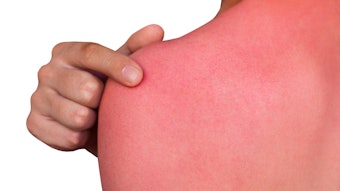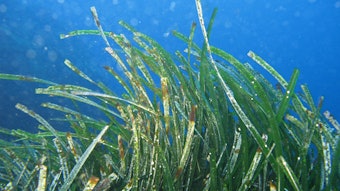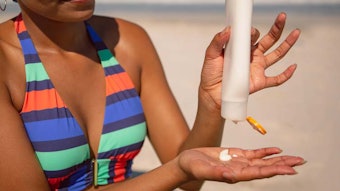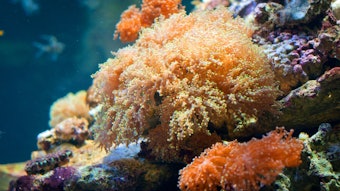On July 24, 2006, the US Food and Drug Administration (FDA) approved the New Drug Application (NDA) for the Anthelios SX moisturizer with sunscreen as an OTC drug. The product is a formula incorporating the three UV actives octocrylene, butyl methoxydibenzoylmethane [avobenzone] and terephthalylidene dicamphor sulfonic acid [ecamsule] (Mexoryl SX, Chimex/L’Oréal).
After its approval, puffery about this scientific breakthrough spread through the media, giving the impression that the United States had finally found a way to prevent skin cancer and aging of the skin. Perhaps it should have come as no surprise since, for some time, reports have popped up remarking how the FDA would not allow Mexoryl, the “greatest sunscreen in the world,” to be used in the United States.
To clarify, in the 2006 edition of the INCI dictionary, 20 Mexoryl listings appear, of which only the following are not allowed in the United States:
- Mexoryl SAD (INCI: Di-t-Butyl hydroxybenzylidene camphor)
- Mexoryl SD (INCI: 3-Benzylidene camphor)
- Mexoryl SL (INCI: Benzylidene camphor sulfonic acid)
- Mexoryl SO (INCI: Camphor benzalkonium methosulfate)
- Mexoryl SW (INCI: Polyacrylamidomethyl benzylidene camphor) Mexoryl SX (INCI: Terephthalylidene dicamphor sulfonic acid)
These are all UV filters. The other Mexoryl ingredients listed in the dictionary are allowed in the United States; however, none of them are UV filters.
Mexoryl is a trademark of Chimex, which is part of L’Oréal. To most chemists focused on sun protection, the approval of Mexoryl SX is what is causing the commotion. Since this topic is just one of several important sunscreen regulatory issues this year, the focus of this column is dedicated to this topic rather than a specific region.










